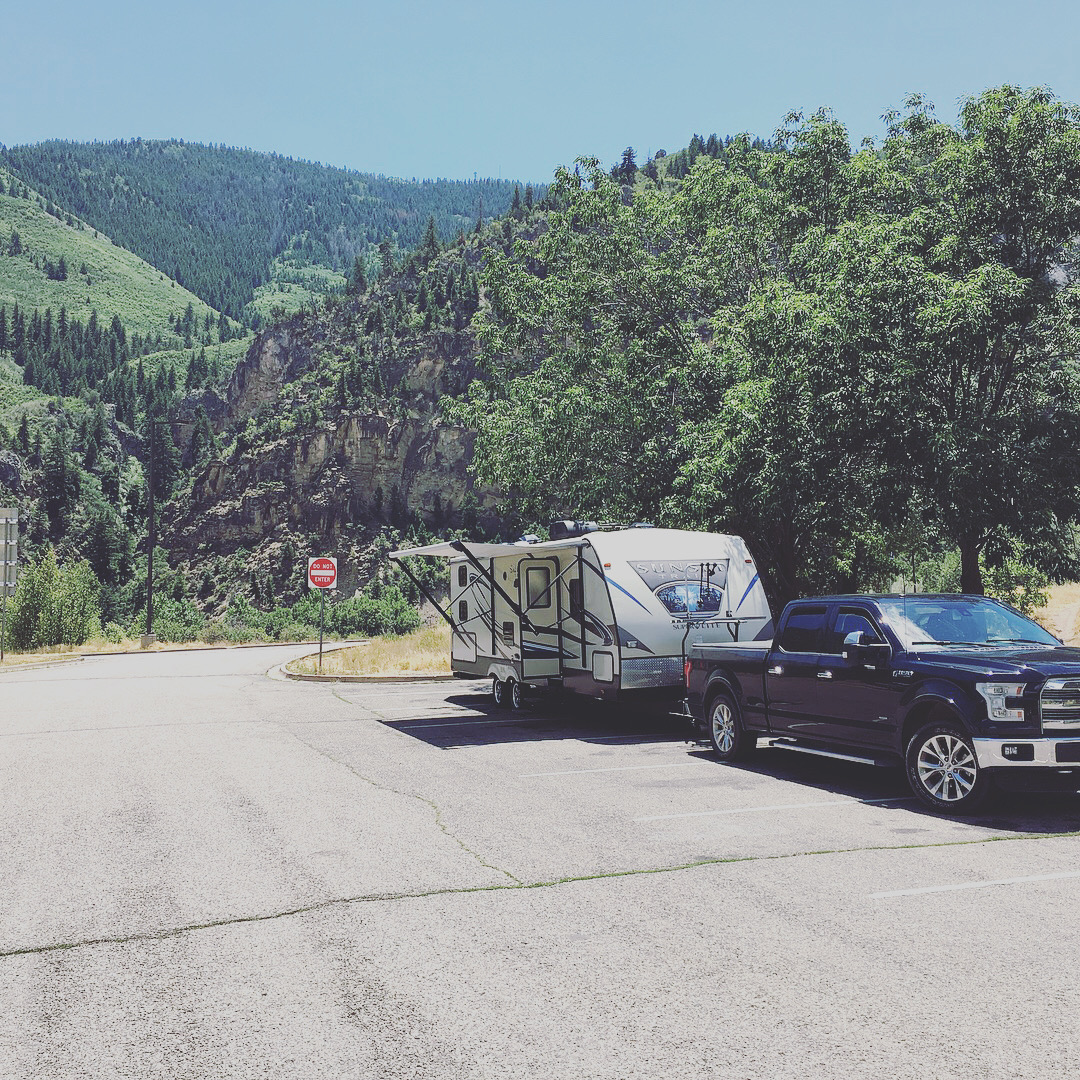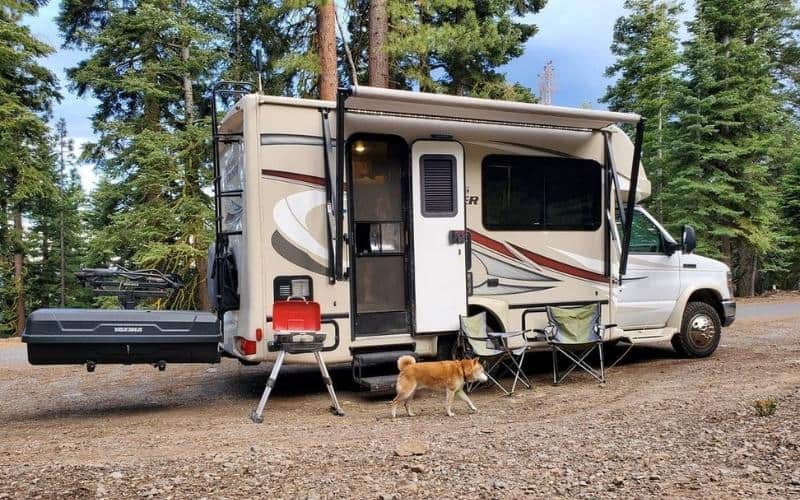


– Private Italian owned commercial developments have taken place in the National Forest just outside Grand Canyon National Park. What is Happening to our Public Land? – Changes at the Grand Canyon.Surprisingly, after 50 years of national debate about this land (including a decree by President Eisenhower that it never be mined), it was given away to foreigners rather than sold to an American corporation at a massive profit - with huge royalties on extraction - as it could have been. – The 2015 Defense Bill under Obama gave away the world’s largest copper vein (in Arizona) to British/Australian mining interests. Copper Mining (NOT CAMPING!) at Tonto National Forest.Some shocking public land changes we have seen in our years of RVing full-time are described in these two blog posts: In every western state public land campgrounds and dispersed camping areas are closing at an alarming rate. If you are interested in boondocking, or simply camping in National Forest and BLM campgrounds, you’ll soon become aware of the complexities and political issues surrounding the management of America’s public land. Enjoy a stay of 14 days or less (sometimes 16 days) and then move on.Bury any human waste under at least 6″ of dirt.Pack out the trash you create (and don’t leave it in the fire ring).Observe fire restrictions (sometimes fires are not allowed due to the ease of starting a wildfire).

Stay in a site that already has a campfire ring or other evidence of being a campsite, and don’t build a new one.In general, the rules for boondocking are very simple: That is why there are rules for boondocking about packing trash out, burying human waste deeply, and not making new campfire rings. However, campers have a responsibility not to harm the site and to leave it in good condition for the next person. The idea behind dispersed camping is to allow people to enjoy the beauty of nature without the ordinary restrictions of a campground. If overnight camping is not allowed, a “No Overnight Camping” sign will be posted at the site or in an otherwise obvious place. Some ranger districts and specific locations within the USFS and BLM lands do not allow dispersed camping either. Therefore: America’s National Parks do not allow dispersed camping in an RV (boondocking) For this reason, the whole notion of dispersed camping runs contrary to their charter, which is preservation (i.e., “don’t touch”). In stark contrast to the USFS and BLM, the mission of the National Park Service, which manages both America’s National Parks and National Monuments, is to preserve America’s natural and historical treasures. That is, you can camp wherever you find a spot that seems suitable and is accessible. The USFS (National Forests) is part of the Department of Agriculture, while the BLM (Bureau of Land Management) is part of the Department of the Interior (as is the National Park Service).īoth the USFS and BLM have a mission “to sustain the health, diversity, and productivity of America’s public lands for the use and enjoyment of present and future generations.”Īs a result, both of these entities manage two kinds of activities on their land: recreational use (camping, hunting, fishing, hiking, biking) and productive use (cattle grazing, mining, logging, etc.).įor this reason, the USFS and BLM generally allow “dispersed camping” on their land. The US Forest Service (USFS) and Bureau of Land Management (BLM) and other government agencies ( Army Corps of Engineers among others) all manage vast tracts of public land.


 0 kommentar(er)
0 kommentar(er)
